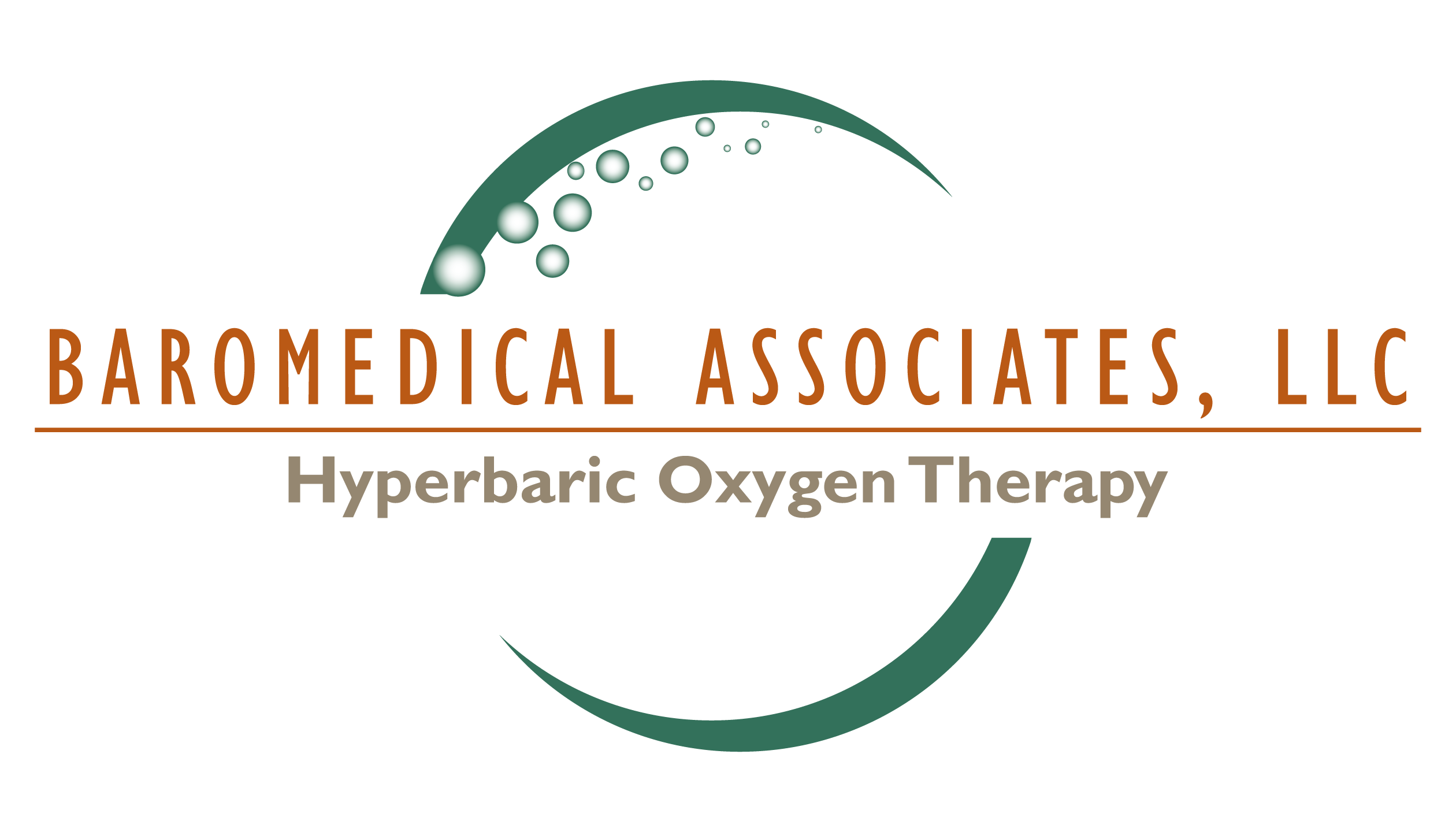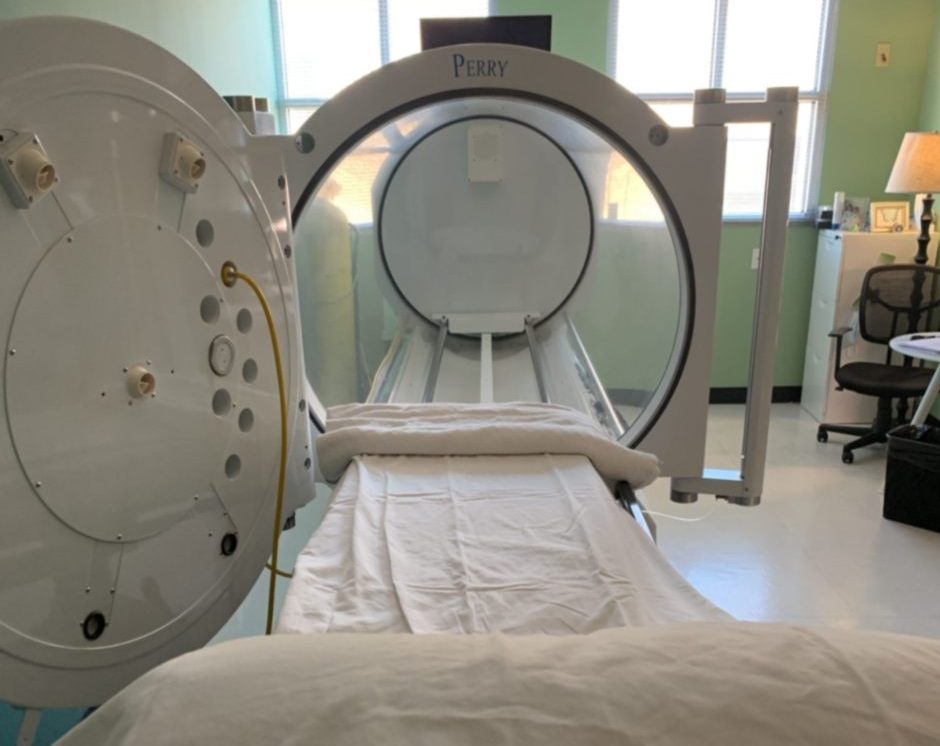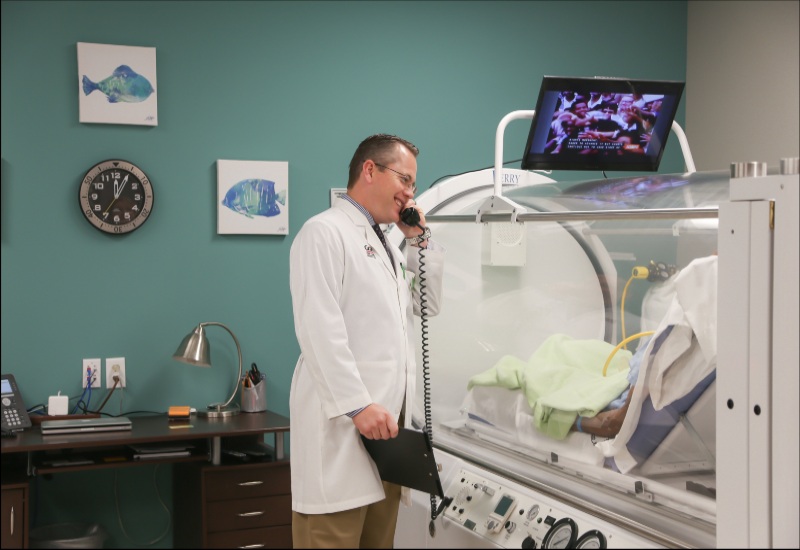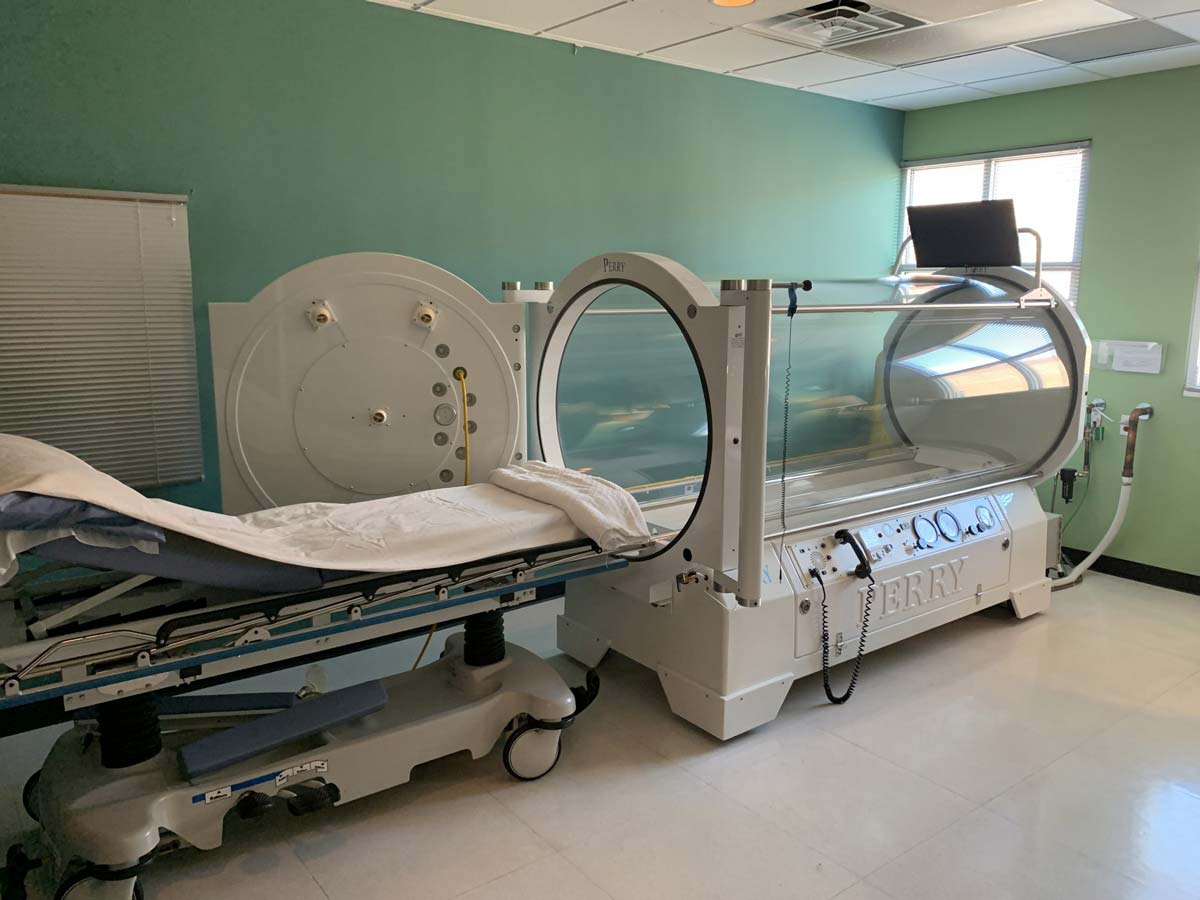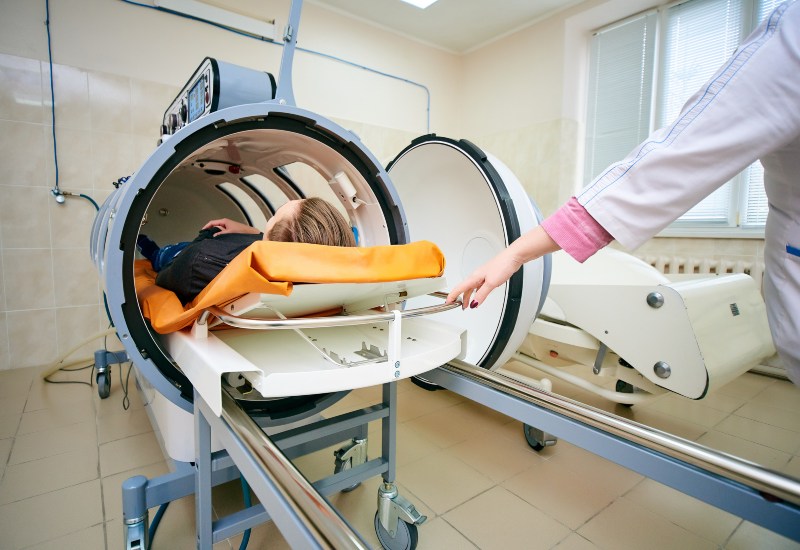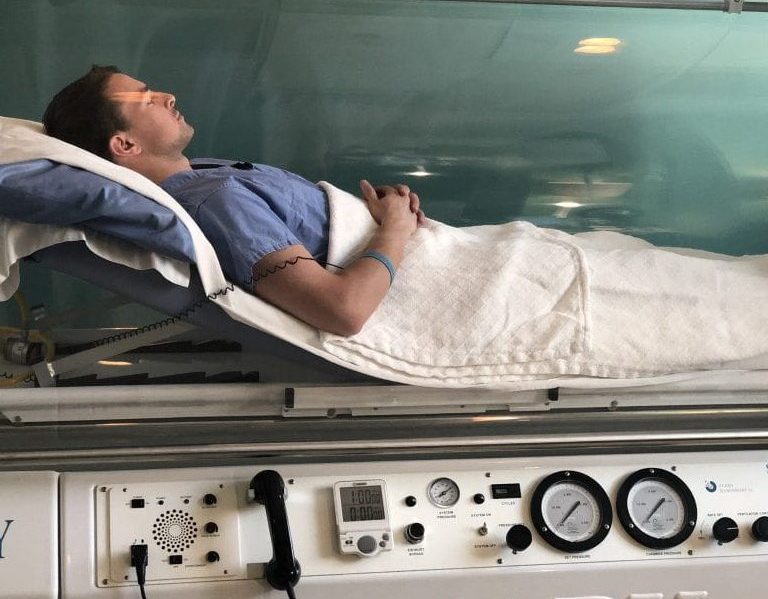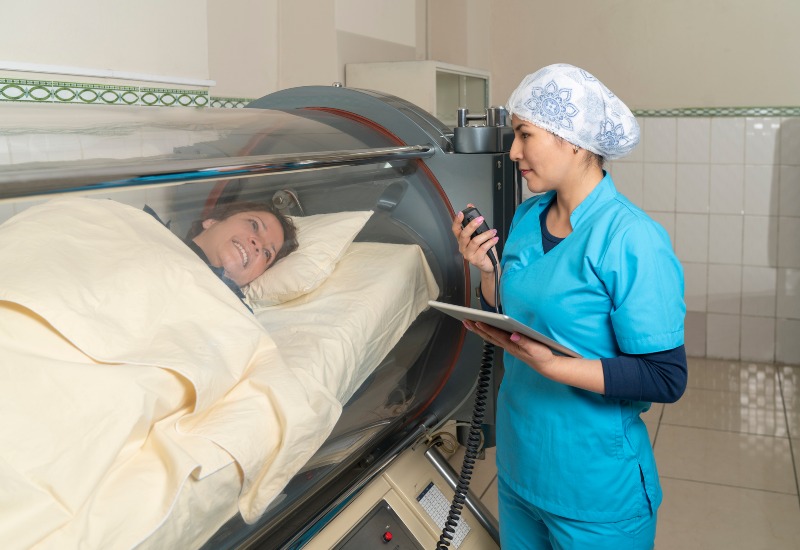Michael Phelps a 16-time Olympic medalist in swimming, but he isn’t getting any younger. In his effort to train for what he says will be his final Olympics in London, he is looking for every advantage he can get for his training.
After years of training, he has learned that when he trains at high altitude, he bounces back from workouts at a much faster pace. So, instead of moving his training to a high altitude location, Phelps has managed to bring the high altitude to him.
The use of hyperbaric chambers is becoming more widely used for various medical conditions as well as by athletes in training. They have even become very popular among players in the NFL. However, there are two different types of treatment that very often get confused.
Hyperbaric Therapy
For athletes, oxygen is an essential component for the muscles. Oxygen combines with pyruvic acid in the body to create adenosine triphosphate, or ATP, which is essential for muscle energy. If there is not enough oxygen present to combine with the pyruvic acid, it becomes lactic acid. Unfortunately, during intense exercise, the body is not able to remove this lactic acid quick enough and it collects in the muscle tissue. This collection can lead to muscle fatigue.
By using hyperbaric oxygen therapy, the athlete provides the body with the necessary amount of oxygen to combine with the pyruvic acid as well as flush out the lactic acid. This reduces the occurrences of muscle fatigue.
Hypobaric Therapy
However, in high altitude, the level of oxygen is lower. When athletes train at higher elevations, the body becomes stressed from a lower amount of oxygen. In response to this stress, the body produces more red blood cells. This increase in blood cell production then increases the amount of red blood cells in the body. When the athlete then returns to lower altitude conditions, the body is then able to function for longer because of the increased oxygen being transported throughout the body.
In the case of Phelps, he has been using a personal hypobaric chamber for sleep. He is currently sleeping every night at an altitude level of 8,000 feet and has been doing so for almost a year. This has boosted his body’s ability to produce red blood cells and allow him to perform better and heal quicker after intense training.
This may sound very similar to blood doping (the process where athletes use medication or blood procedures to increase the red blood cells), the World Anti-Doping Agency ruled in 2006 that these chambers do enhance performance and violate the spirit of the sport. However, they did not include it in their list of banned substances so it is currently legal for athletes to use. Do you think this type of treatment should be allowed?
Deborah Braconnier is a former athlete and 20 year medical professional. Working now as a freelance writer and Featured Contributor for NFL and Olympics, she brings her love for both sports and the medical field together in her writing..

